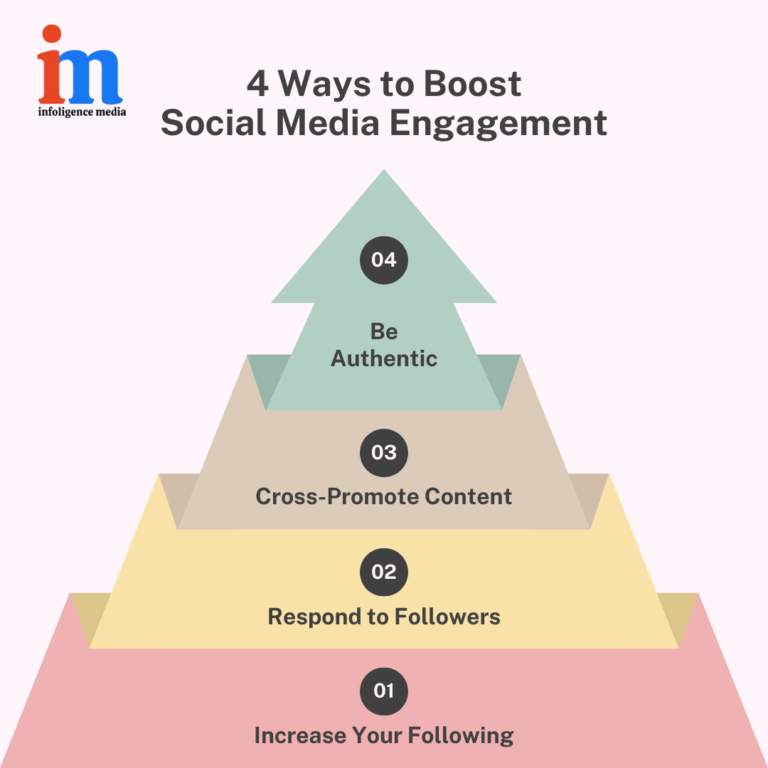As digital marketing continues to evolve, understanding how to measure the success of your campaigns is essential for optimizing strategies, improving ROI, and driving sustainable growth. This guide will cover the key performance indicators (KPIs), metrics, and tools you need to assess the impact of your digital marketing efforts, whether you’re focusing on SEO, social media, email marketing, or other channels.
Before diving into specific metrics, it’s essential to define what success means for your digital marketing campaigns. Success can vary depending on your campaign objectives—whether it’s brand awareness, lead generation, or driving sales. This section will discuss how to set clear, measurable goals for your campaigns, including specific KPIs that align with your objectives, like ROI, conversion rates, or engagement metrics.
2. Essential Metrics for Measuring Campaign Performance
An effective digital marketing campaign relies on tracking a mix of metrics. Here, we’ll outline the primary metrics to measure across digital channels, such as:
- Conversion Rate: Measures how many visitors take a desired action, like making a purchase or filling out a form.
- Click-Through Rate (CTR): The percentage of people who click on a link or ad relative to the total views.
- Return on Investment (ROI): A metric to calculate the profitability of a campaign.
- Cost per Acquisition (CPA): Calculates the cost of acquiring one customer.
- Customer Lifetime Value (CLV): Determines the value a customer brings over the entire relationship.
This section can provide detailed explanations and examples of these key metrics, explaining why each is important for evaluating digital marketing success.
3. Website Analytics and Tracking
Your website is often the hub of digital marketing activity, making website analytics crucial for understanding campaign performance. This section can cover essential tools like Google Analytics, which provides insights into traffic sources, user behavior, and conversion paths. Key metrics include:
- Traffic Sources: Understanding where visitors come from, such as organic search, direct, referral, or social media.
- Bounce Rate: The percentage of visitors who leave the site after viewing one page.
- Average Session Duration: The average time users spend on your site, reflecting engagement.
- Goal Completions: Tracking specific actions like form submissions, downloads, or purchases.
By leveraging website analytics, marketers can better understand how campaigns drive traffic and conversions.
4. Social Media Metrics and Engagement Analysis
Social media platforms are vital for engaging audiences and building brand awareness. But how do you measure success on social media? This section will highlight essential social media metrics, including:
- Engagement Rate: Measures likes, comments, shares, and other interactions relative to the audience size.
- Follower Growth: Tracks the increase in followers over time as a measure of brand reach.
- Brand Mentions and Sentiment: Social listening tools help track how often a brand is mentioned and the sentiment behind these mentions.
- Post Reach and Impressions: Reflect how many people see your posts, helping gauge content visibility.
Here, you can discuss using tools like Sprout Social, Hootsuite, or native platform analytics to analyze social media performance.
5. SEO Success Metrics
For businesses investing in SEO, understanding SEO metrics is essential to gauge campaign success. This section covers the key SEO metrics, such as:
- Organic Traffic: The number of visitors who find your website through organic search.
- Keyword Rankings: Tracking changes in search engine rankings for target keywords.
- Backlinks and Domain Authority: Measures the authority of a website and its backlink profile.
- Page Load Speed and Core Web Vitals: Important for both SEO and user experience.

6. Email Marketing Metrics
Email marketing remains a highly effective channel, but measuring success goes beyond open and click rates. Here are some key email marketing metrics to track:
- Open Rate: The percentage of recipients who open an email, reflecting subject line effectiveness.
- Click-Through Rate (CTR): Tracks the percentage of email recipients who click on a link within the email.
- Conversion Rate: Measures how many email recipients complete the desired action.
- Unsubscribe Rate: Indicates the percentage of people opting out, helping to assess email relevance.
This section will also discuss the importance of A/B testing in email marketing and tools like Mailchimp or Campaign Monitor to optimize performance.
7. PPC and Paid Advertising Metrics
For pay-per-click (PPC) and other paid campaigns, tracking costs and conversions is crucial. Key metrics include:
- Cost per Click (CPC): The amount spent on each click, affecting budget efficiency.
- Click-Through Rate (CTR): Indicates ad effectiveness in capturing audience attention.
- Conversion Rate and CPA: Essential for understanding campaign profitability.
- Ad Impressions and Frequency: Measures how often an ad is shown and seen by users.
This section can cover Google Ads, Facebook Ads, and other PPC platforms, emphasizing the importance of setting budget thresholds and conversion tracking.
8. Customer Retention Metrics
Retention is as crucial as acquisition, especially for subscription-based or e-commerce businesses. This section can discuss metrics like:
- Churn Rate: The percentage of customers who stop engaging with the business over a period.
- Repeat Purchase Rate: Measures how many customers make additional purchases.
- Net Promoter Score (NPS): Gauges customer satisfaction and brand loyalty.
- Customer Lifetime Value (CLV): Tracks the total value a customer brings over time.
Explain how customer retention metrics contribute to long-term profitability and loyalty.
9. Attribution Models in Digital Marketing
Attribution models help assign credit to various marketing channels involved in the customer journey. This section can cover:
- Last-Click Attribution: Assigns credit to the last touchpoint before conversion.
- First-Click Attribution: Credits the first touchpoint in the customer journey.
- Multi-Touch Attribution: Distributes credit across all touchpoints involved.
Discuss the importance of selecting an attribution model that aligns with your campaign goals, explaining how tools like Google Analytics and HubSpot assist with attribution analysis.
10. Calculating Return on Investment (ROI) for Digital Marketing Campaigns
ROI is the ultimate metric for determining campaign success. In this section, we’ll discuss:
- Calculating ROI: The basic formula to determine if a campaign is profitable.
- Return on Ad Spend (ROAS): Measures the revenue generated per dollar spent on advertising.
- Customer Acquisition Cost (CAC): Total cost to acquire a new customer.
Provide examples of calculating ROI for various digital channels and tools like Google Analytics, which offer insights into the effectiveness of different campaign efforts.
11. Tools for Measuring Digital Marketing Success
Many tools are available to help track and measure digital marketing performance. This section can list popular tools such as:
- Google Analytics: Comprehensive website analytics.
- SEMrush and Ahrefs: SEO and competitor analysis.
- Hootsuite and Sprout Social: Social media analytics.
- Mailchimp and Campaign Monitor: Email marketing tools.
- HubSpot and Salesforce: CRM and marketing automation platforms.
This section will detail the features of each tool, explaining how they assist in measuring and optimizing digital marketing campaigns.
12. Analyzing Data for Continuous Improvement
Once data is collected, analyzing and interpreting it is critical for making data-driven improvements. Discuss methods like A/B testing, predictive analytics, and trend analysis to enhance campaign performance continuously.

Measuring digital marketing success is essential to refine strategies, improve ROI, and achieve business goals. With the right metrics, tools, and strategies in place, marketers can gain insights into campaign performance and continually enhance their digital marketing efforts.
